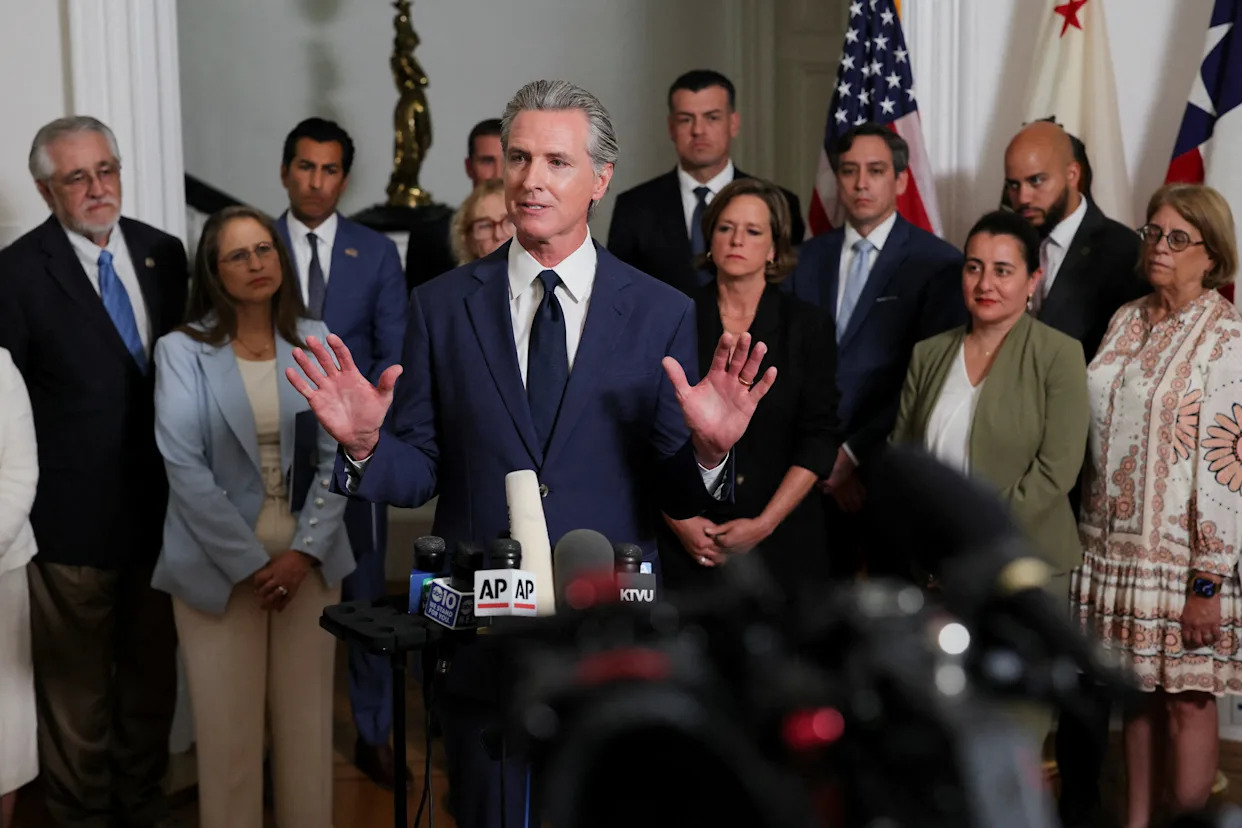
Supporters of the New California state movement recently gathered at the Visalia Convention Center in the heart of Central California for a constitutional convention aimed at reshaping the state’s future.
Nearly all counties — including all of the San Joaquin Valley — would be part of the proposed new state, leaving parts of Los Angeles, San Francisco Bay Area, and Sacramento in the current California, said Paul Preston, founder and president of the movement and a talk show host on the One Radio Network.
“Visalia is centrally located,” Preston said, hinting that the town of 150,000 people in Tulare County could become the capital. “We’re looking around for a capital, too.”
Here's what to know about the proposed "New California."
Supporters gather to suggest a constitution for 'New California'
On Aug. 2, the movement held its second “principled election,” a symbolic vote to gauge support for a proposed constitution for the theoretical new state. About 1,500 people participated, voting on three measures:
Support for constitutional action to end child sex trafficking and slavery.
Opposition to environmental policies and support for holding the governor accountable.
Approval to send the New California constitution to Congress for statehood consideration.
Preston dismissed concerns about the small voter turnout, comparing it to the early statehood efforts of West Virginia. “This is a process,” he said. “We’re going to have additional votes, and with each vote, we’re going to double or triple the numbers.”
Why break away from California? Tyranny, taxation, and representation, New California supporters say
Preston argues that California has become a “tyranny,” governed by a one-party system that ignores constitutional principles. He claims the state’s constitution is a corporate contract, not a true constitutional document, and criticizes what he calls “mob rule” in Sacramento.
He also cited concerns about child protection laws, taxation driving businesses out of state, and handling the COVID-19 pandemic. “We’ve had a lot of our friends die,” he said, blaming government mandates.
Related: This real-estate developer wants San Bernardino County to secede from California. Here's why
The movement draws inspiration from West Virginia’s split from Virginia during the Civil War. Preston said New California has already held 13 constitutional conventions and established a legislature, where he was elected governor pro tempore.
“We’re following the Constitution strictly,” he said. “This is not just another plan to divide California. This is a constitutional path to statehood.”
What's the process of creating a new state?
Creating a new state within the United States is a rare and complex process governed by Article IV, Section 3 of the U.S. Constitution. It allows Congress to admit new states into the Union but places strict conditions on forming a new state from an existing one. Specifically, no new state can be created within the jurisdiction of another state—or by merging parts of states—without the consent of both the state legislatures involved and Congress.
This means any effort to carve out a new state like “New California” must first gain approval from the California State Legislature and then be ratified by Congress. Historically, this has proven to be a high hurdle. The only successful example of such a split was West Virginia, which separated from Virginia during the Civil War.
Even if a movement like New California builds internal support and drafts a constitution, it cannot bypass these legal requirements. Without legislative consent and congressional approval, the effort remains symbolic.
California has a long history of failed breakups
Efforts to divide California are nothing new. Since its statehood in 1850, there have been more than 220 attempts to split the state into smaller entities. Proposals have ranged from creating a “State of Jefferson” in the north to dividing California into three separate states—often along political or geographic lines. These efforts have consistently failed, either at the ballot box or due to constitutional roadblocks requiring approval from both the state legislature and Congress.
Despite the historical trend, Preston insists the New California movement is different. “We’re not just proposing—we’re building,” he said.
This article originally appeared on Palm Springs Desert Sun: New California Movement Holds Convention in Central California
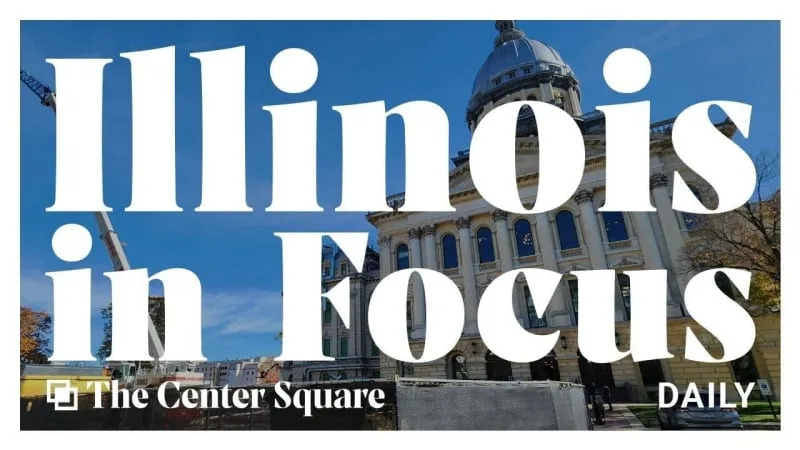
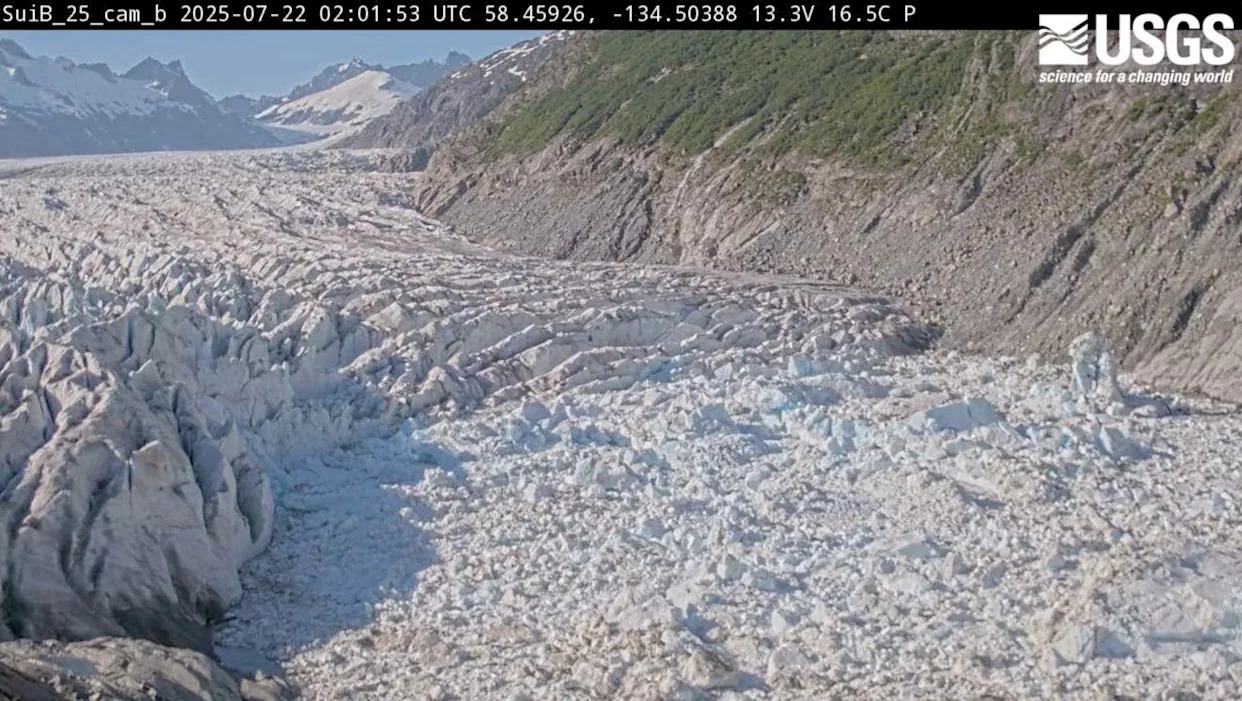

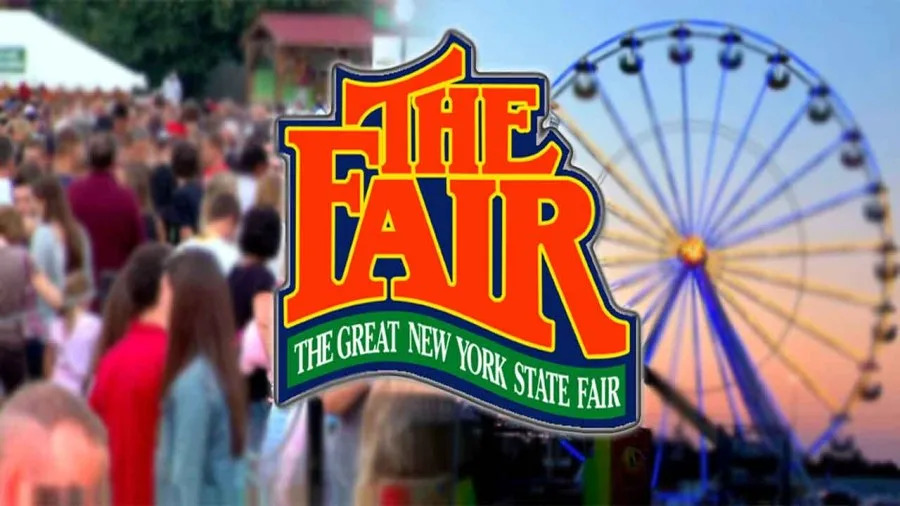

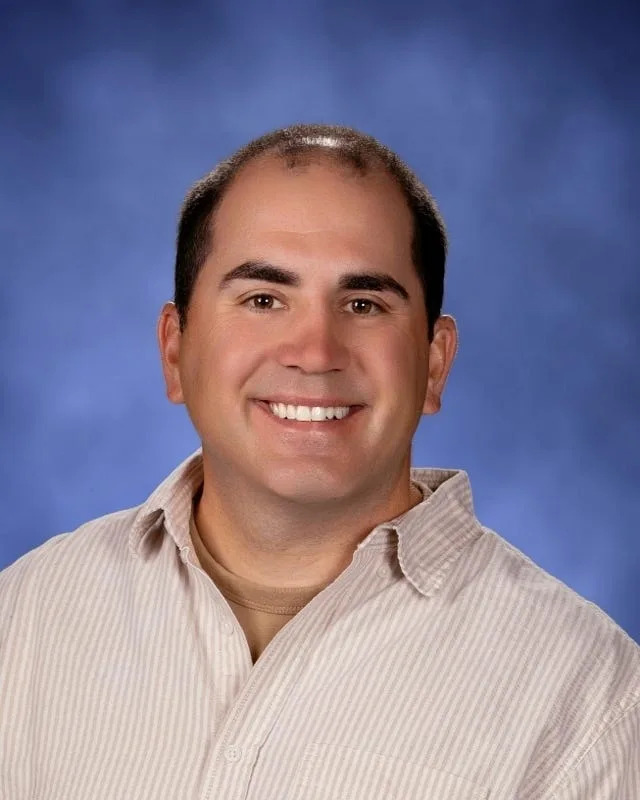

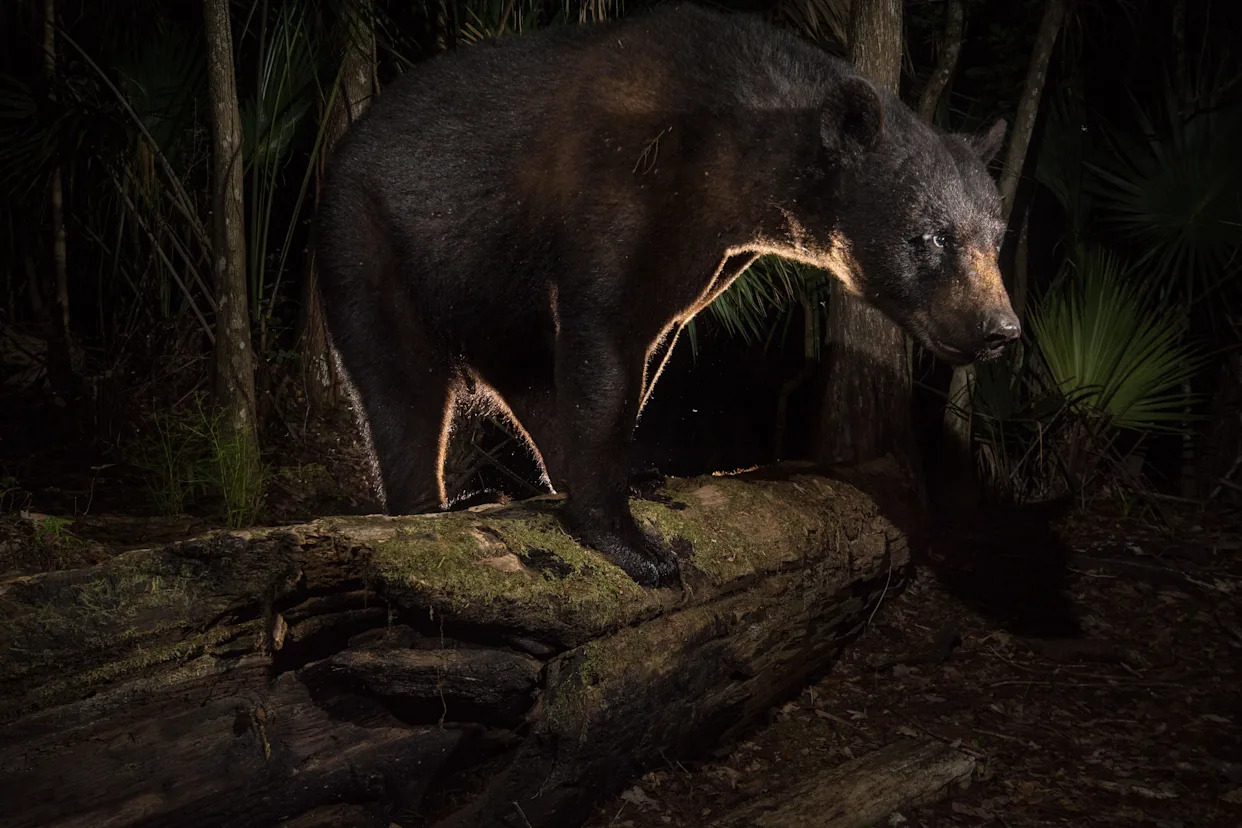
Comments